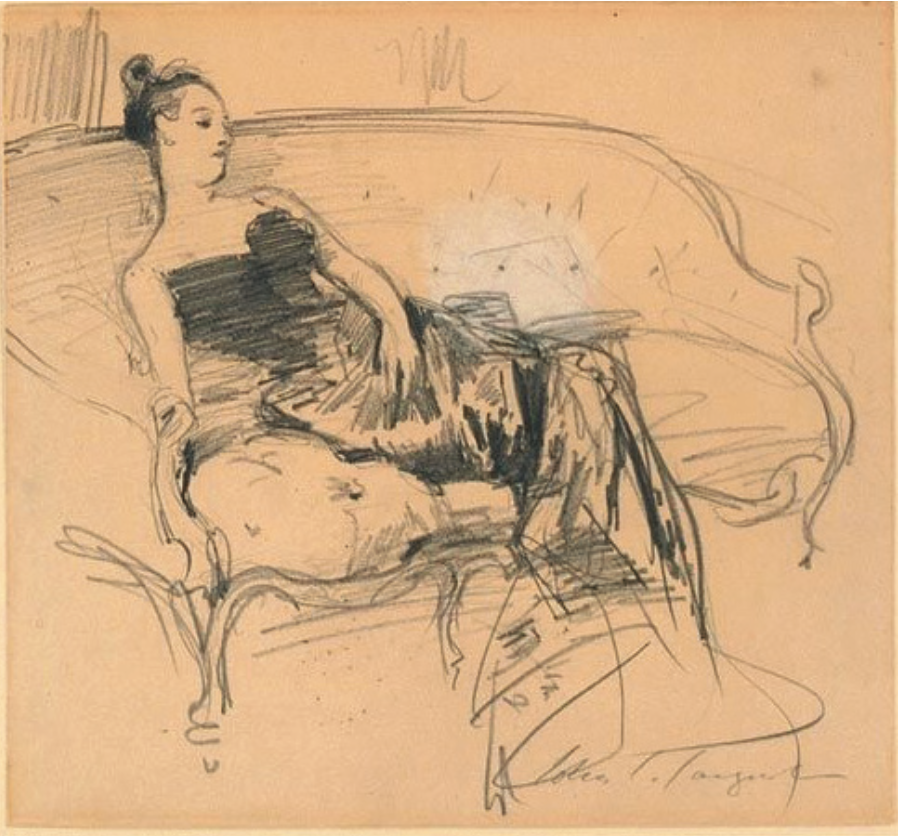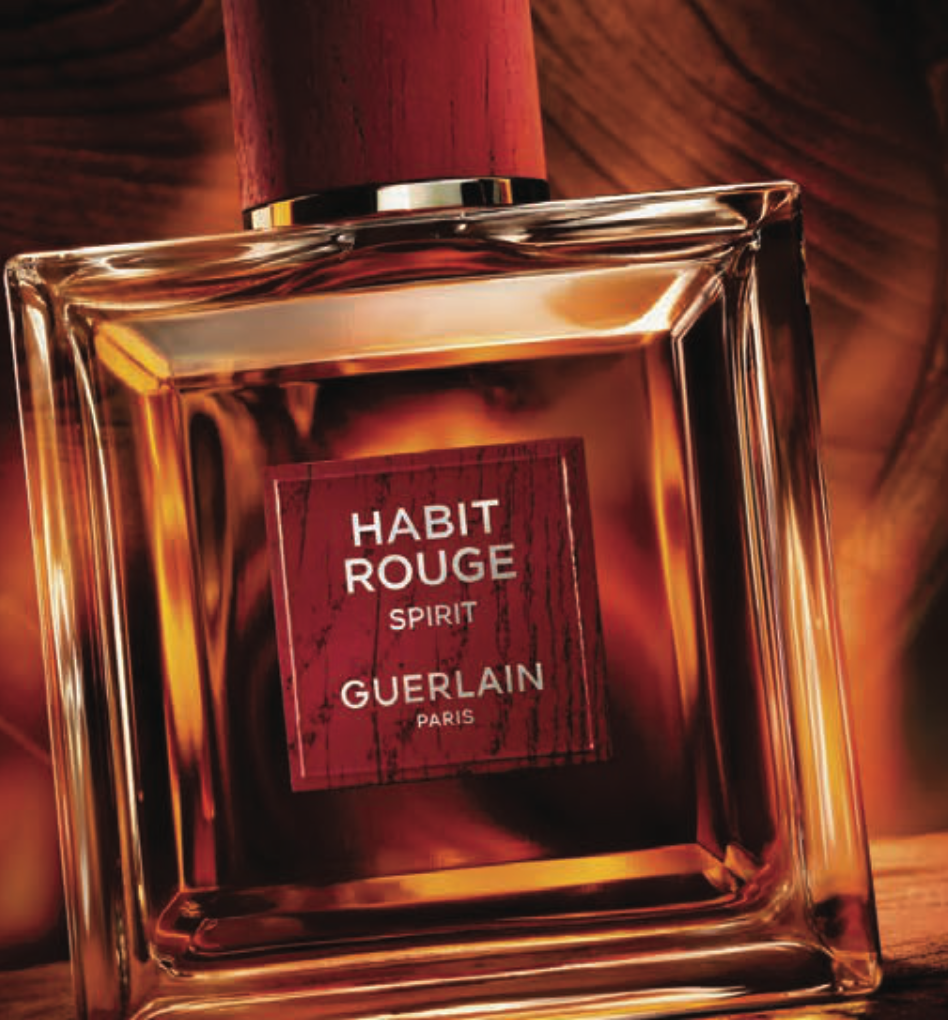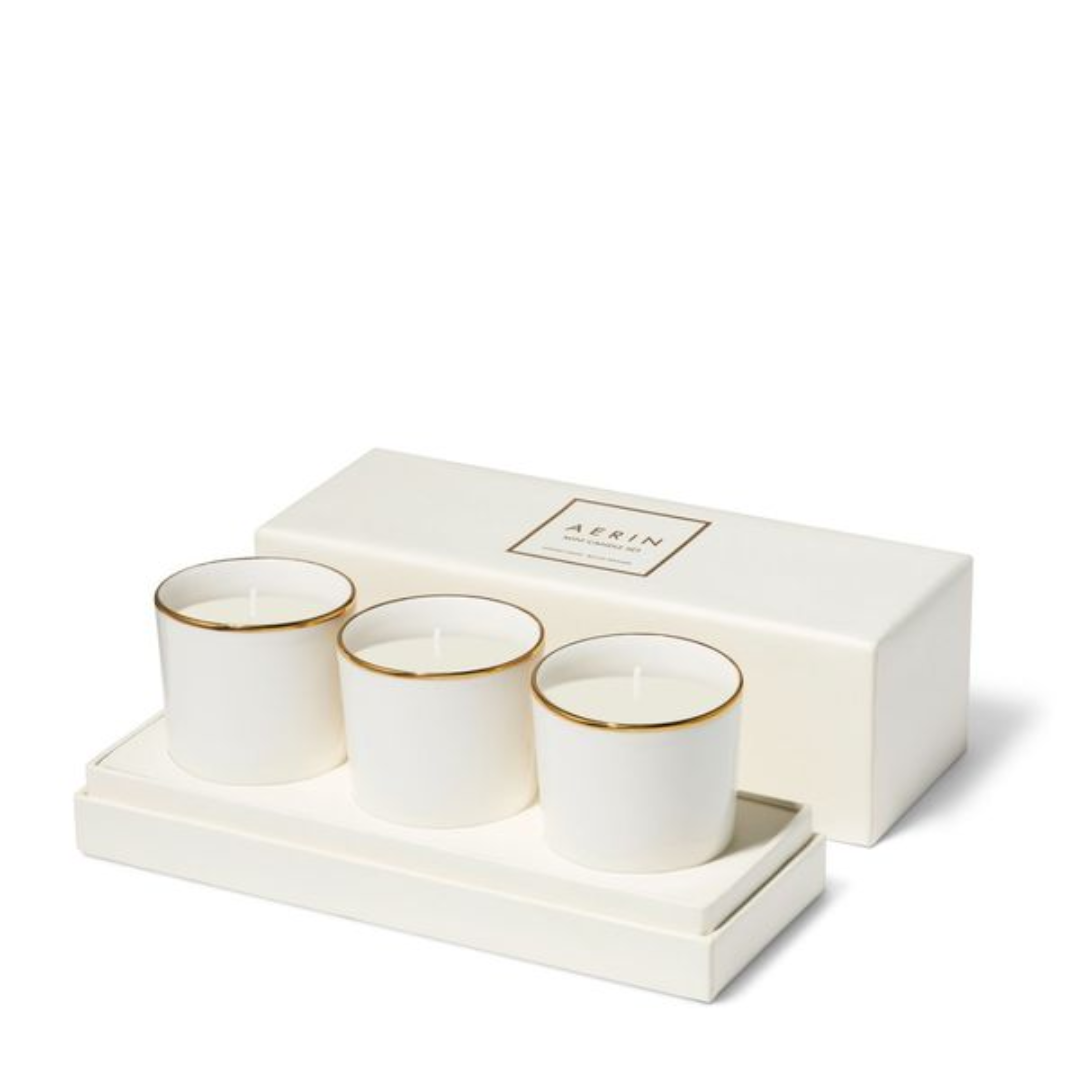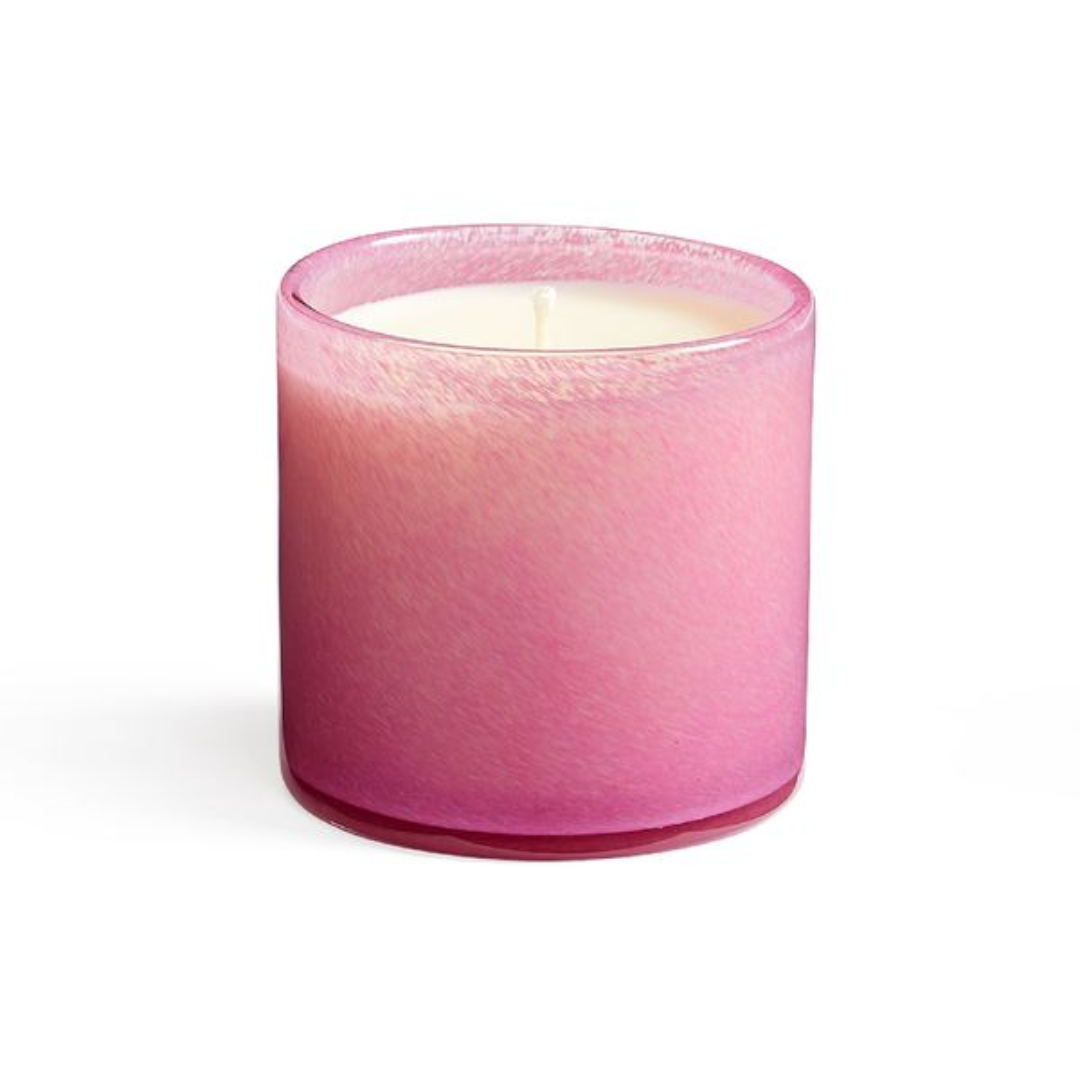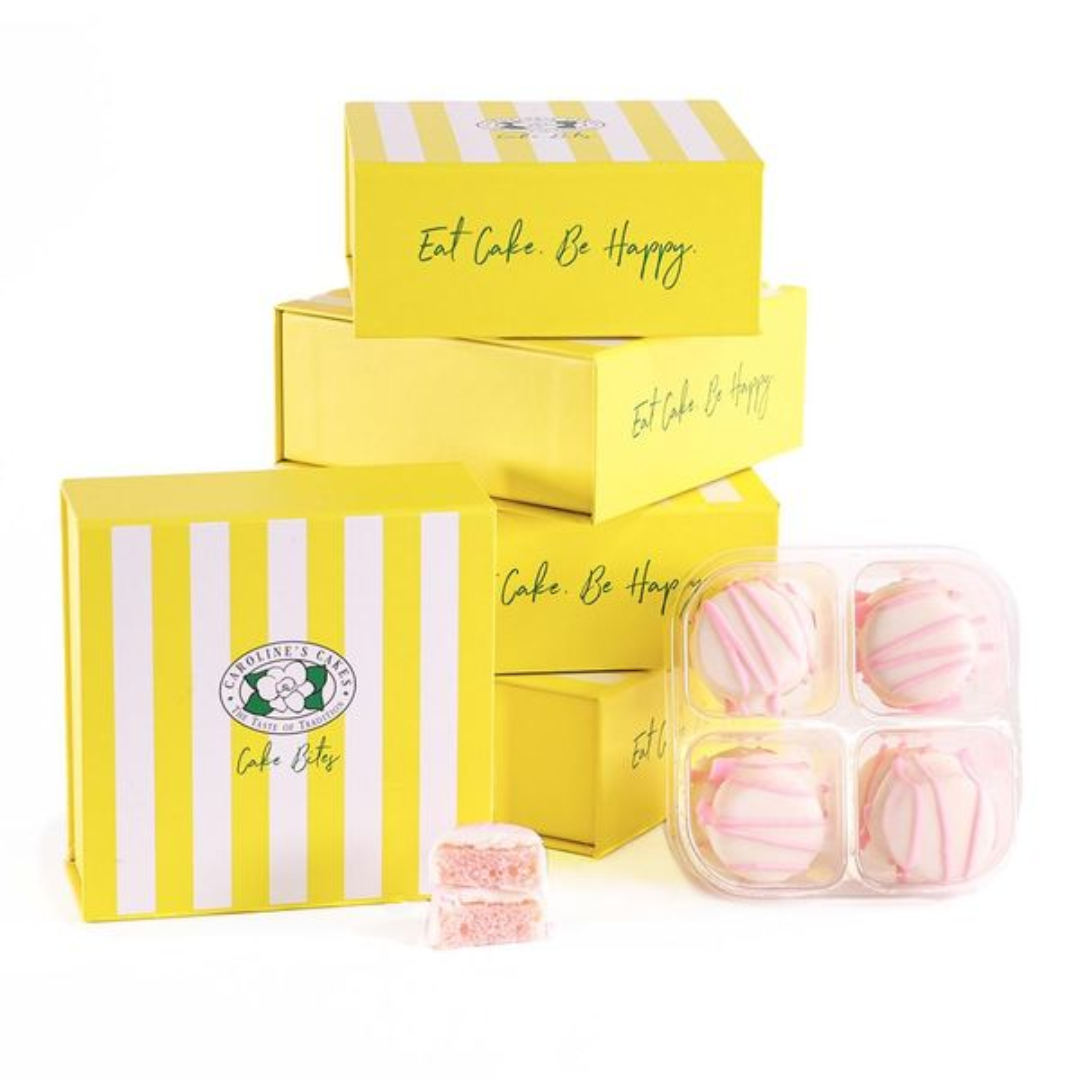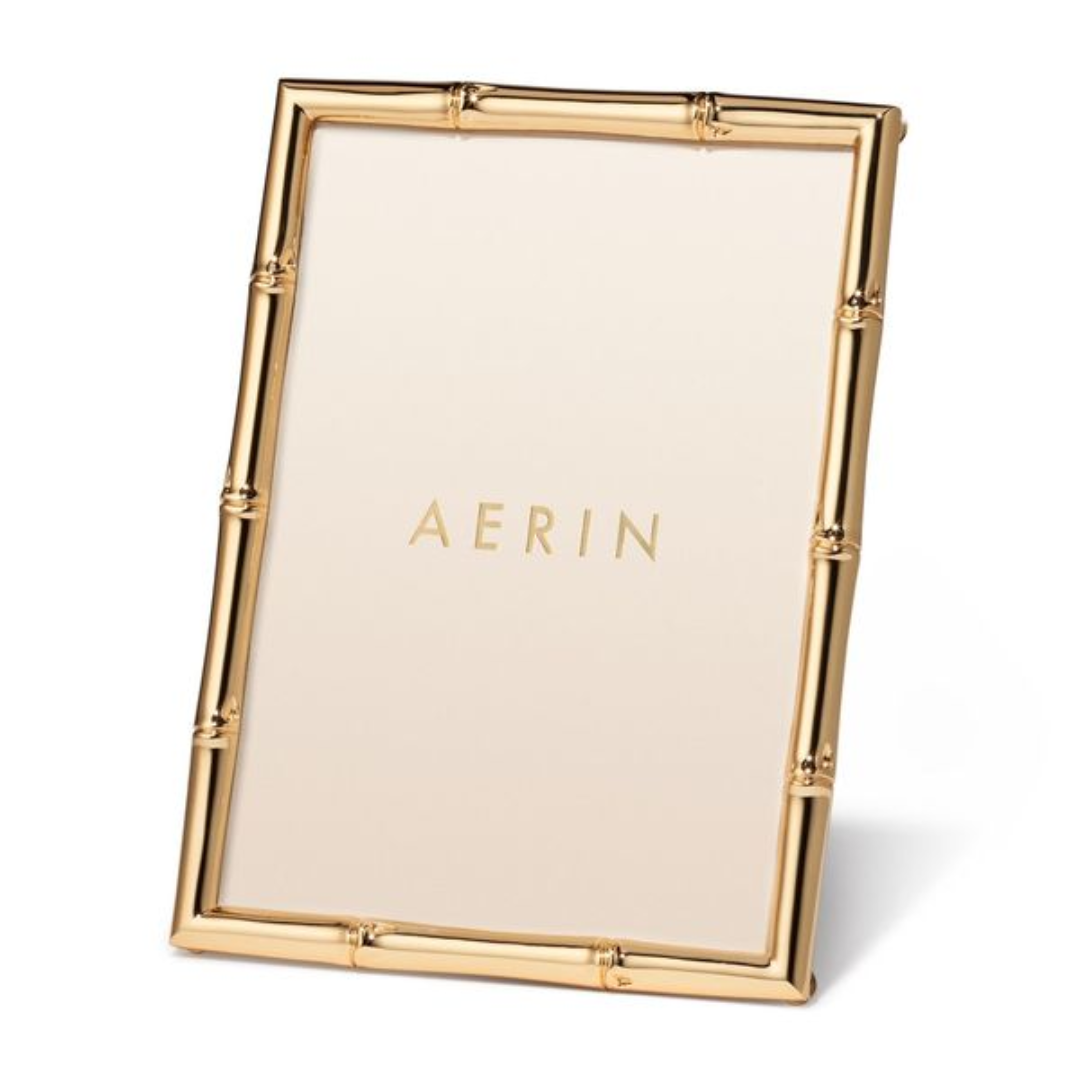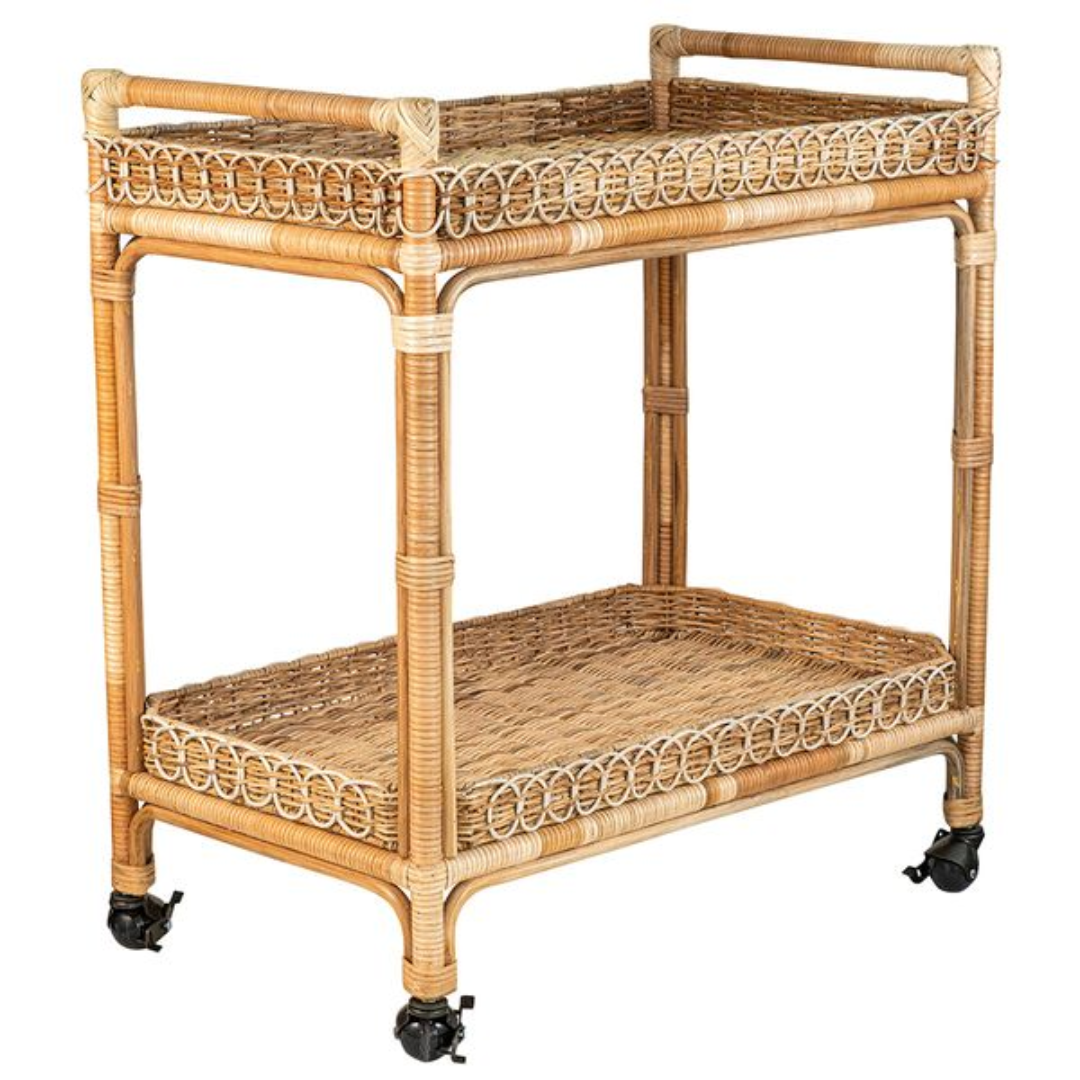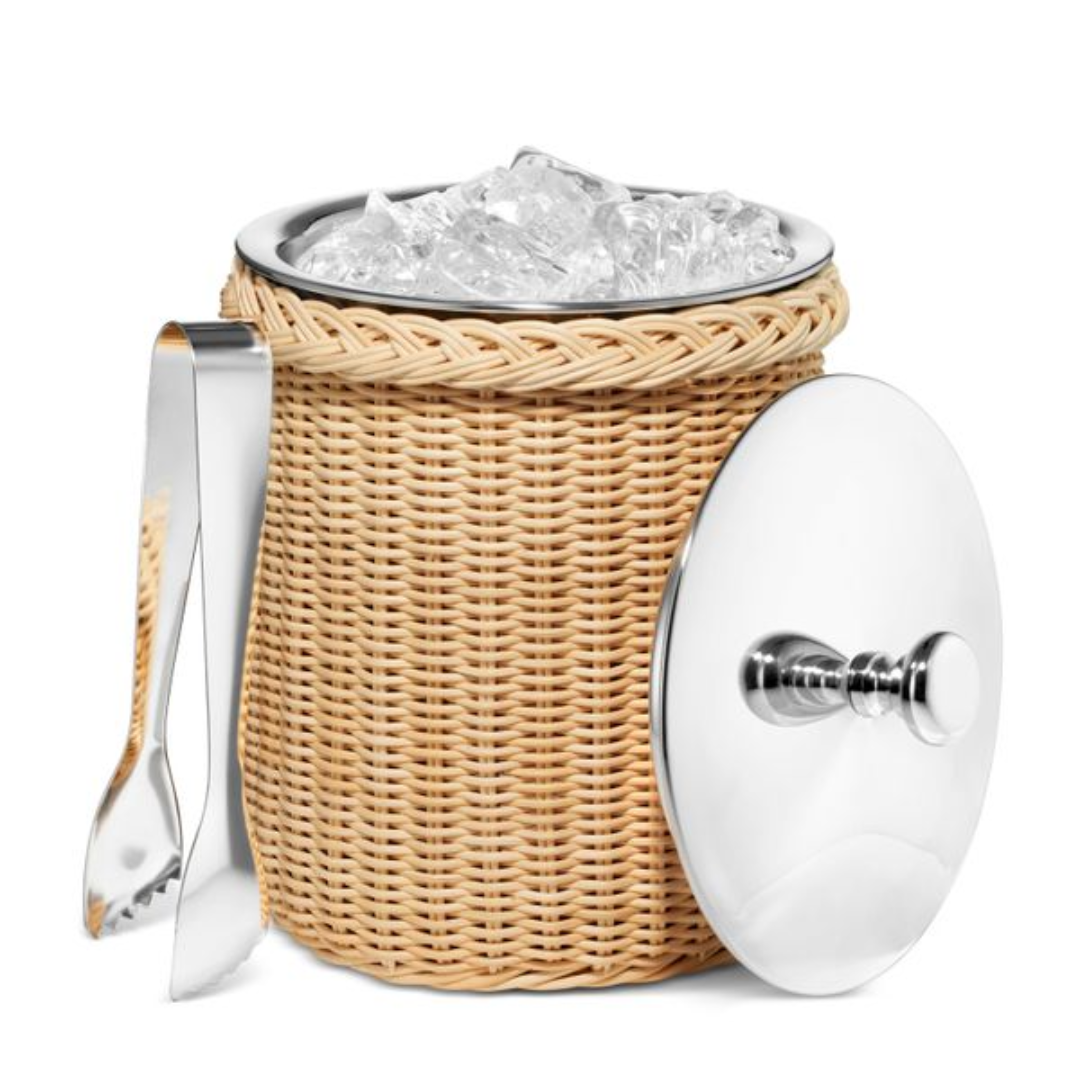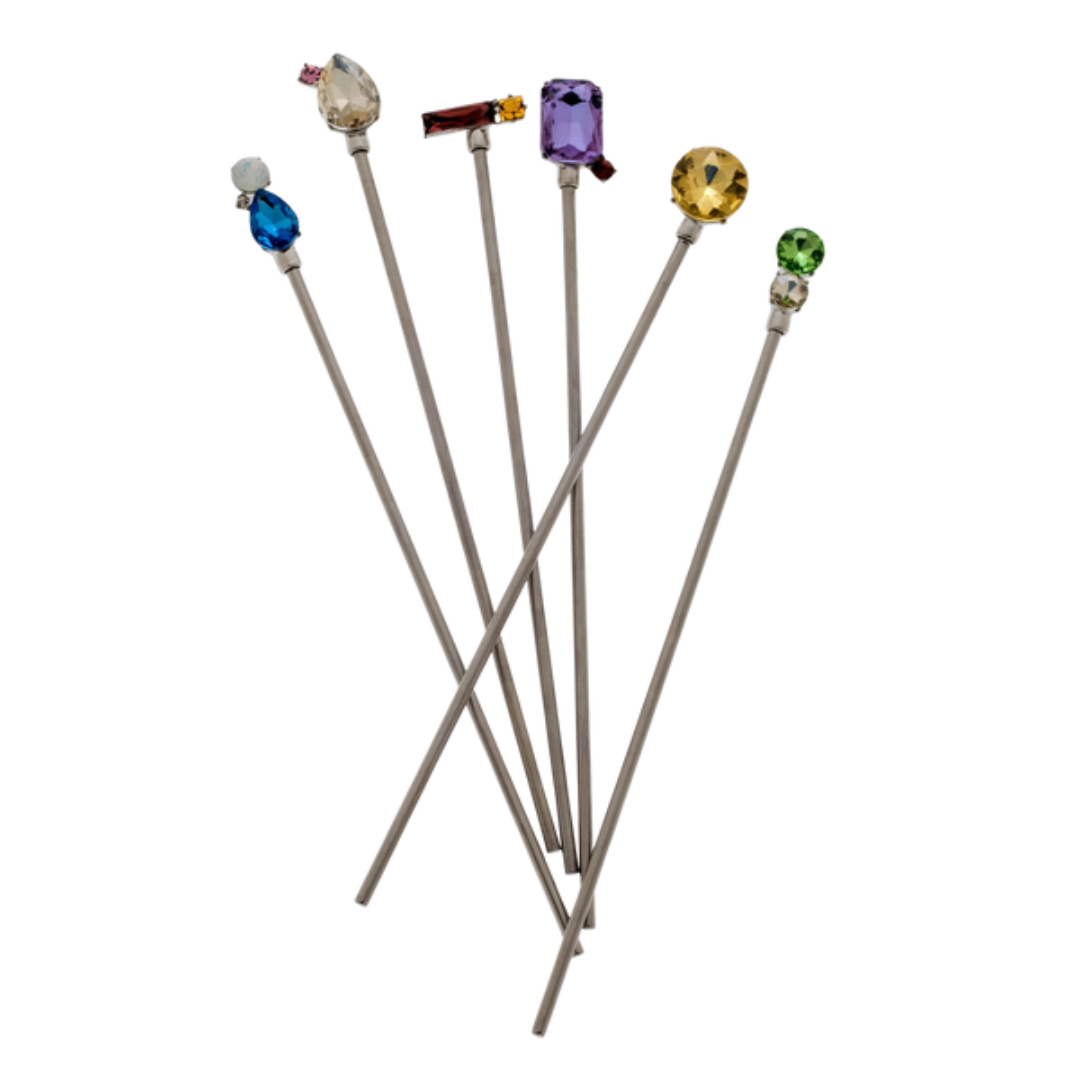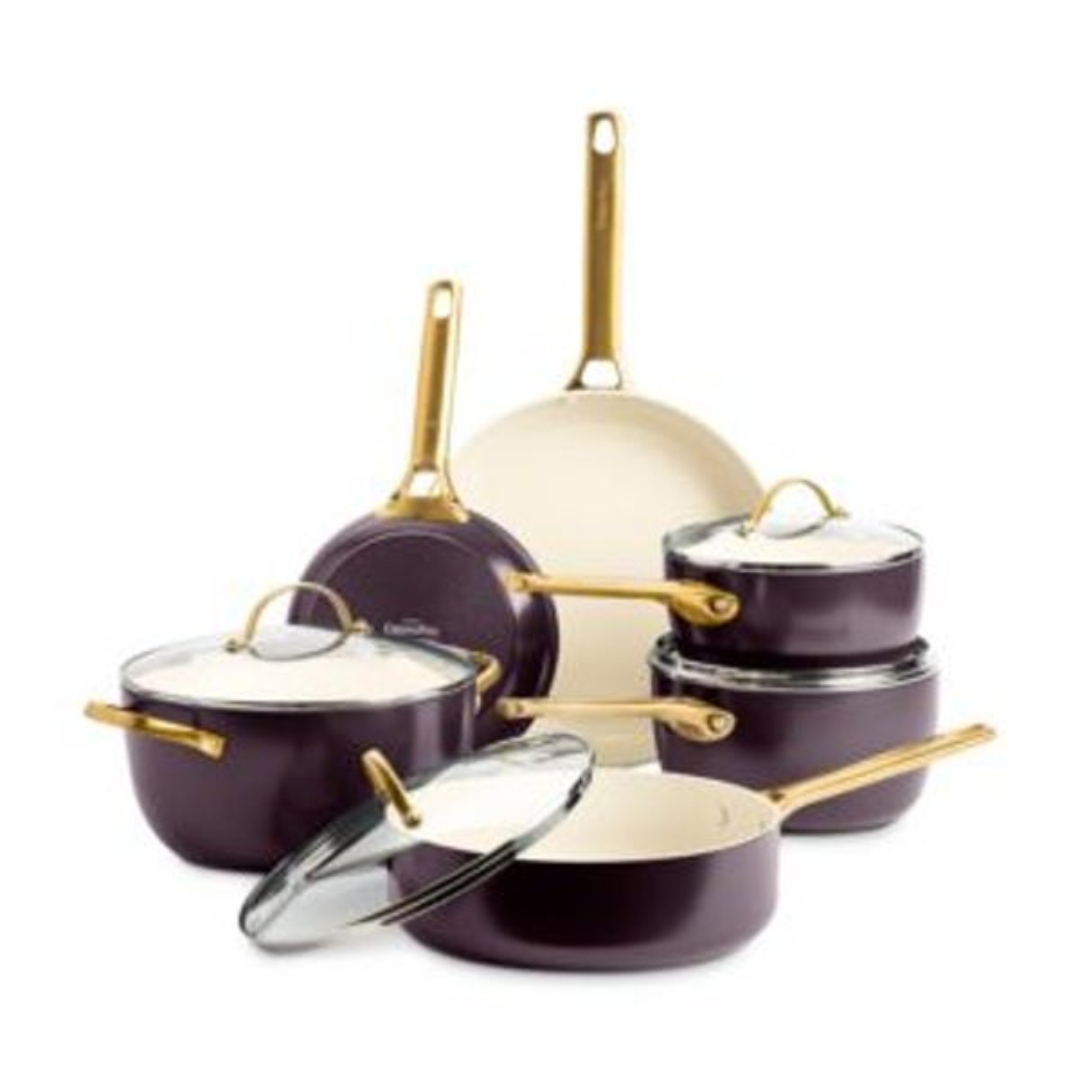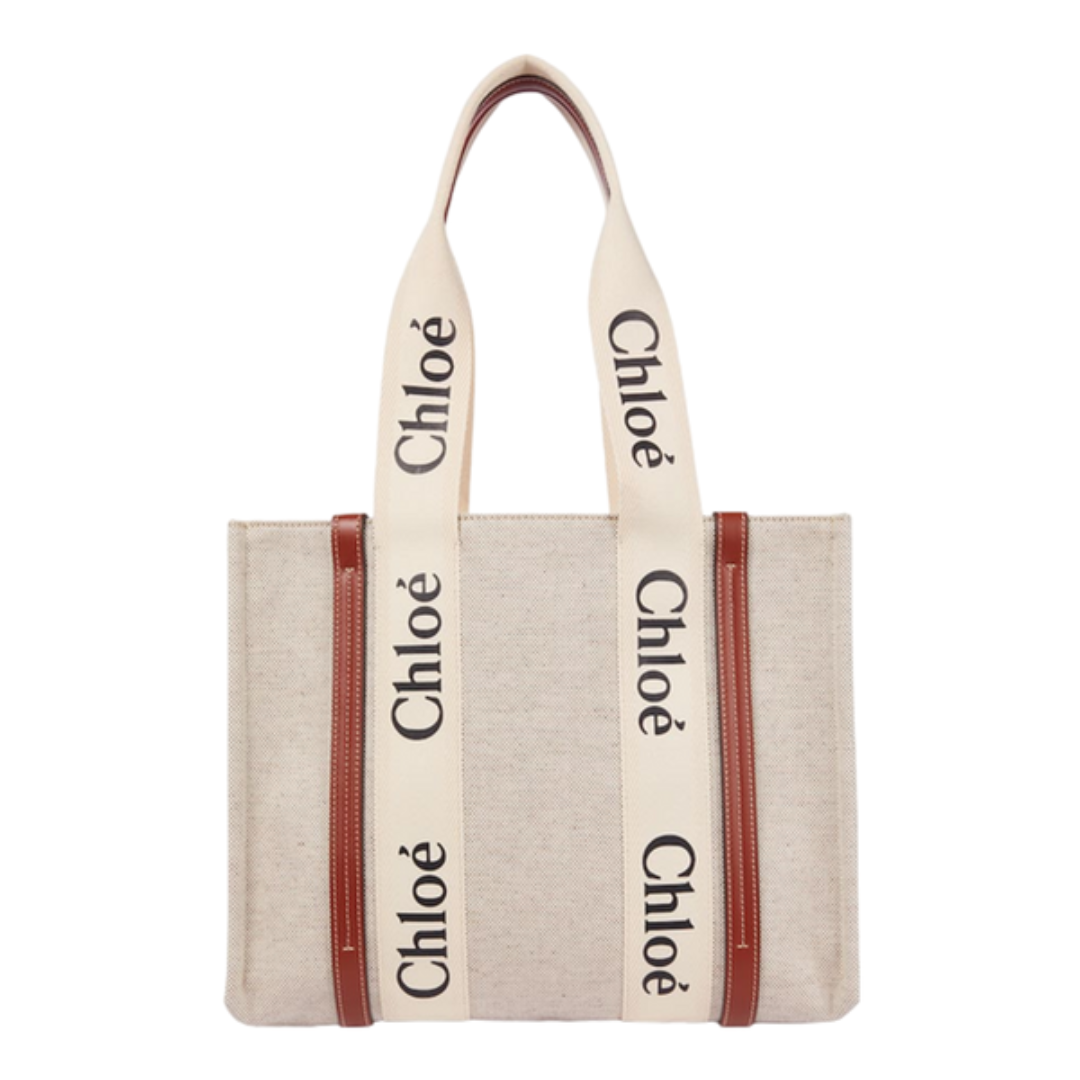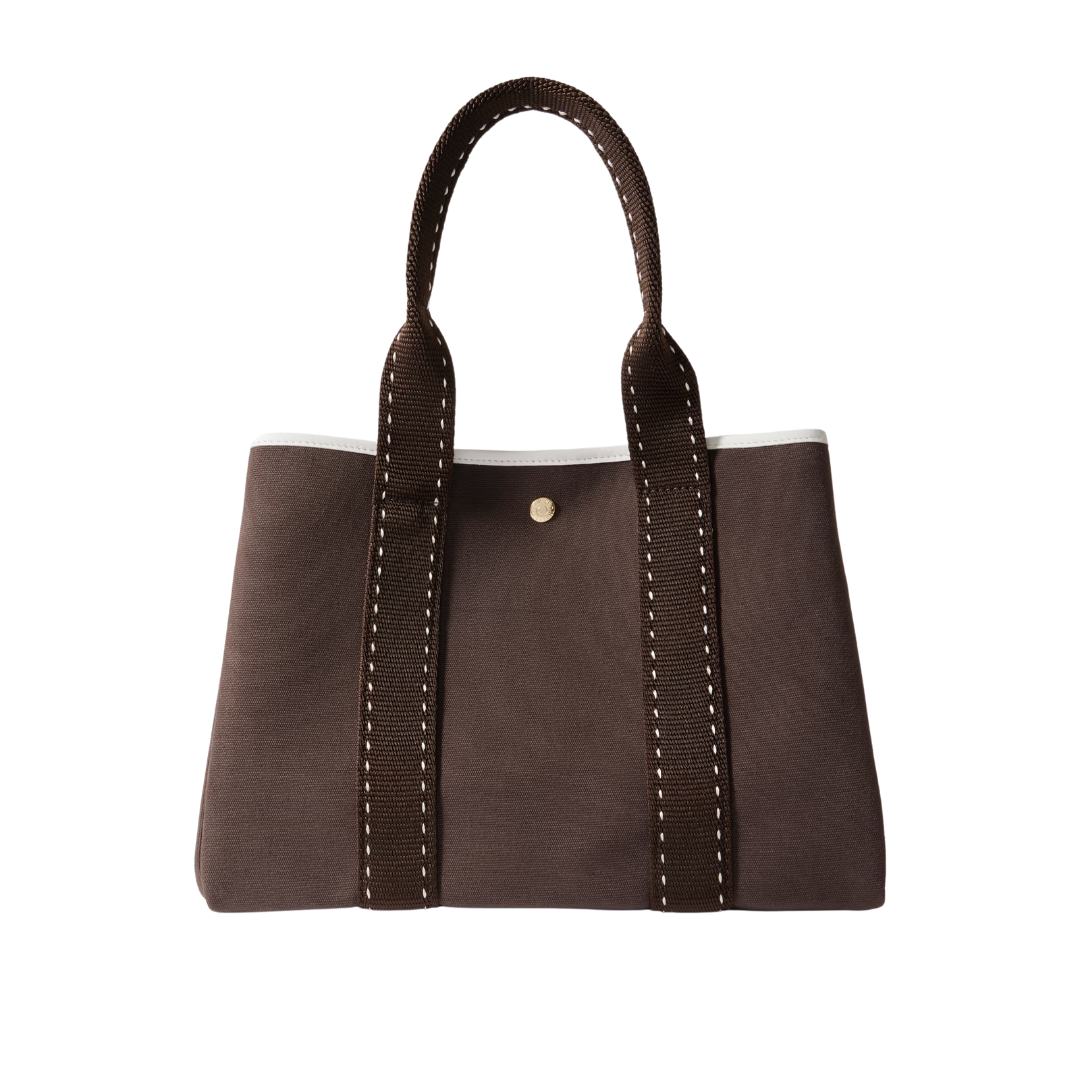AMERICAN MONA LISA
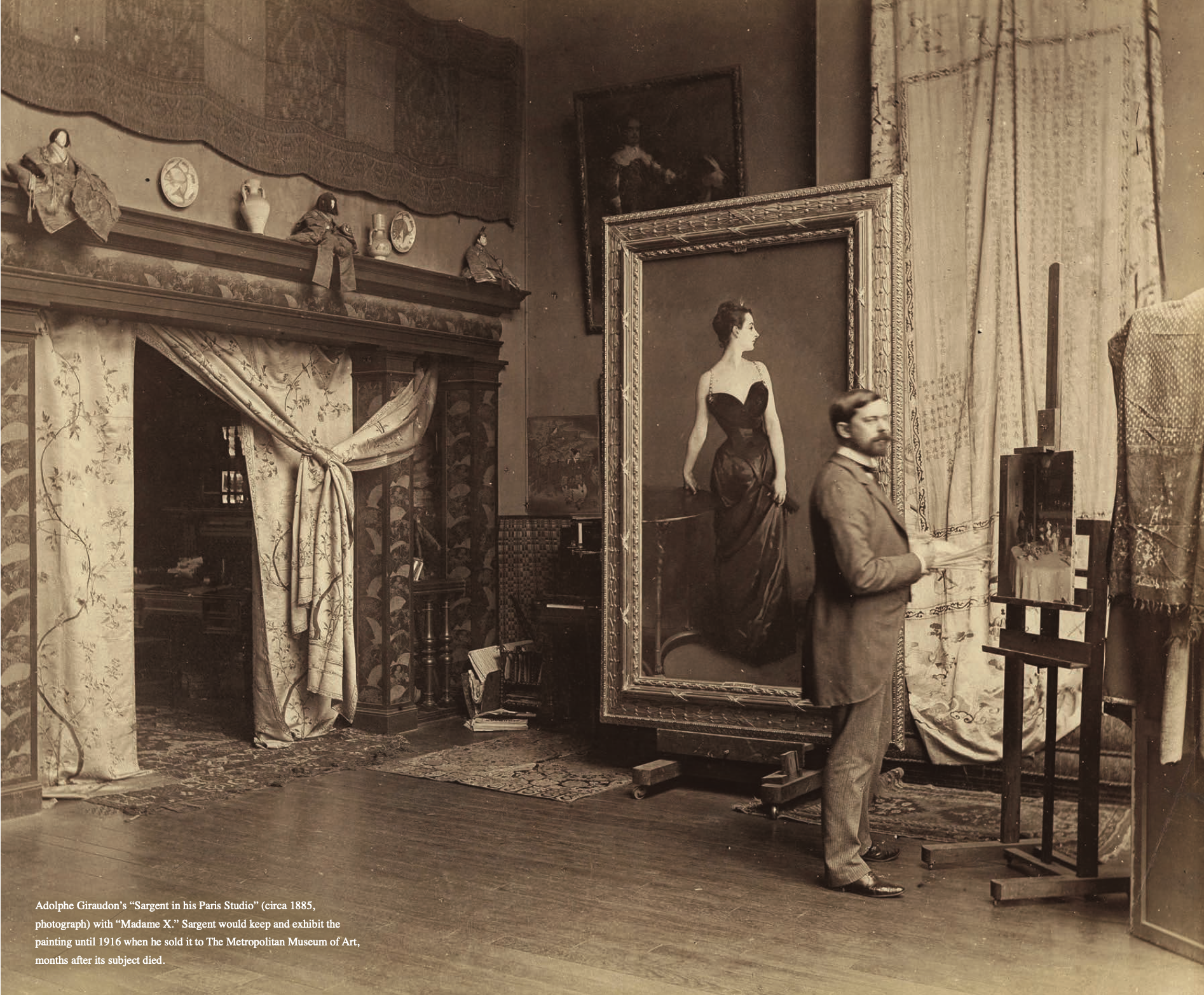
When John Singer Sargent unveiled Madame X at the 1884 Paris Salon, the reaction was swift and scandalous. Think red carpet wardrobe malfunction meets art world takedown—only this time, it was a jeweled strap that slipped and a reputation that shattered.
“It may be the best thing I’ve done,” Sargent mused when he finally sold the portrait to The Met in 1916—just months after Madame X herself passed away.
Visit The Met in Manhattan today and you’ll find the oil on canvas beckoning at the culmination of the museum’s “Sargent and Paris” exhibit. There she stands, gazing out over her ski nose and left shoulder, right arm resting on a table, her slim figure torqued in a velvet bodice with a sweetheart neckline and jeweled straps over a bell-shaped satin skirt. Her pale skin glows against the dark fabric, her left hand clutching a fan, a diamond crescent in her upswept hair.
Madame X (Madame Pierre Gautreau) has been many things to many people. As a symbol of chutzpah, failure, perseverance, and reinvention, it mirrors the country that claimed both subject and artist. Quite simply, it is America’s Mona Lisa.
Much of the drama behind Sargent and Gautreau’s grand mis-fire has already become art-world lore. The dazzlingly talented, well-traveled Sargent arrived in Paris at 18 to study under portrait maestro Carolus-Duran and train at the École des Beaux-Arts—just in time to befriend Claude Monet and brush shoulders with the early Impressionists.
But Sargent wasn’t chasing avant-garde fame. He wanted prestige and commissions, and for that, the Salon was king. What he needed was a muse—a showstopper to launch him into the stratosphere.
“It was less a portrait and more a provocation, and society pounced.”
Enter Virginie Amélie Avegno Gautreau—a woman seemingly plucked from the pages of an Edith Wharton novel. Born in New Orleans and raised in Paris after family tragedy, she married a wealthy banker 21 years her senior at just 19. But Amélie—always the main character—soon carved out her own identity in high society. With a flair for fashion, ghostly pale skin (thank you, arsenic-laced cosmetics), and a swirl of whispered affairs, she became a living ornament of the Belle Époque.
Sargent was, frankly, thirsty. “I am a man of prodigious talent,” he boasted to a friend, hoping word would reach Gautreau. Basically: Have canvas, will flatter.
Gautreau, though—bored by the reality of sitting for a portrait when she was busy with her daughter, mother, staff and social calendar—proved an elusive subject. Still, both persisted. She believed it would be a masterpiece.
She wasn’t wrong. Just early.
The crowds came to gawk—and gasp. That infamous fallen strap practically screamed, Oops, did I do that? It was less a portrait and more a provocation, and society pounced. Gautreau’s pallor and pose sparked outrage. Her mother wept. Gautreau begged Sargent to remove the painting. He refused. He did, however, repaint the offending strap into a more respectable position.
But as Valerie Steele of FIT reminds us, the strap wasn’t doing the heavy lifting—literally. The dress’s sculpted bodice did all the work. The fallen strap? Pure stagecraft. The real scandal was structural: a gown so daringly engineered it made undergarments obsolete.
Gautreau wasn’t your textbook beauty. Today’s red carpet queens—Blanchett, Theron, Henson—have recreated the look with more symmetry, more sparkle. Even Nicole Kidman struck the pose for Vogue. But none matched Madame X’s eerie allure or that thrilling sense of poised defiance. She wasn’t just dressed to kill—she knew exactly the room she was walking into.
Sargent, bruised but unbowed, decamped to London the following year, where he became one of the most sought-after portraitists of his time. Gautreau? She kept posing, kept dazzling, and let the critics tire themselves out.
Sargent may have idealized her, but he captured something deeper: Gautreau’s brazen delight in breaking the rules. That sideways glance? It’s not demure. It’s defiant. A century later, Madame X still whispers, Let them talk.



